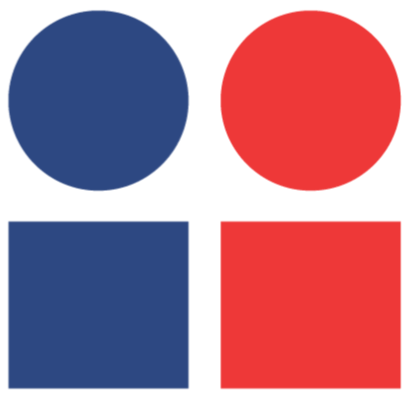Exploring the Benefits of Online Learning as a Complementary Education Avenue
January 29, 2024Flexibility, customization, and expanded learning horizons beyond traditional classrooms
Continue reading

YouLearnt Blog
March 21, 2024

Flexibility, customization, and expanded learning horizons beyond traditional classrooms
Continue readingExploring the suitability of homeschooling for families and children and who thrives in homeschooling
Continue readingExploring how UDL principles can be applied to promote inclusivity and cater to the diverse needs of learners
Continue readingExploring how digital tools can be utilized to enhance the representation and influence of learners' viewpoints within the classroom environment
Continue readingA research-backed guide to understanding negative self-talk and building a practical toolkit for a calmer, more supportive mind
Continue readingHow connection and skills create lasting behavior change.
Continue readingSimple Strategies to Raise Confident, Emotionally Healthy Kids
Continue readingSimple, realistic strategies for healthy screen habits.
Continue reading